
What Is Sorghum?
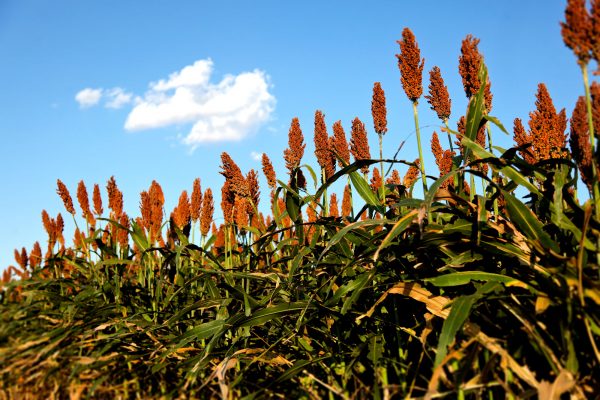
The Cutting Edge Ancient Grain
Sorghum is truly a versatile crop that can be grown as a grain, forage or sweet crop. Sorghum is one of the top five cereal crops in the world. The United States is the world’s largest producer of grain sorghum, having produced approximately 454 million bushels in 2021.
Sorghum is among the most efficient crops in conversion of solar energy and use of water, and is known as a high-energy, drought-tolerant, resource conserving grain. Due to sorghum’s wide uses and adaptation, “sorghum is one of the really indispensable crops” required for the survival of humankind (From Jack Harlan, 1971).
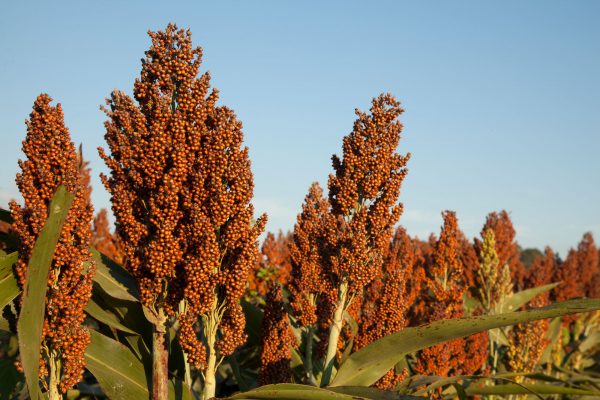
Grain Sorghum
Grain sorghum can take many shapes and sizes from a tight-headed, round panicle to an open, droopy panicle that can be short or tall. There are various types of sorghum including red, orange, bronze, tan, white and black colored sorghum.
Red, orange or bronze sorghum is traditionally grown and used in all segments of the sorghum industry. Tan, cream and white colored sorghum varieties are typically made into flour for the food industry, while black and burgundy varieties contain beneficial antioxidant properties that are utilized in other food applications.
Whole grain sorghum is a great source of fiber and protein that adds a hearty, nutty flavor to recipes. Add whole grain sorghum to salads, cooked dishes, snacks and more to meet the daily servings of whole grains.
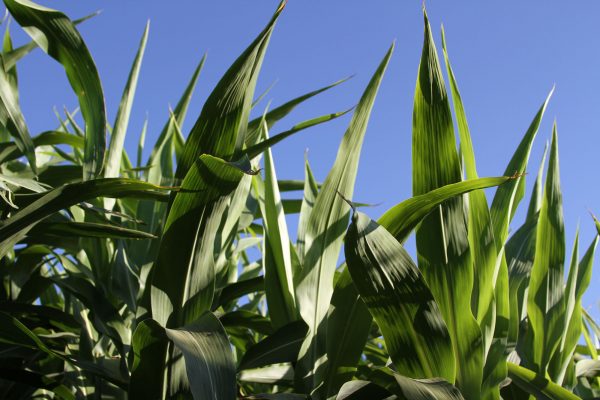
Forage Sorghum
Depending on which species and variety are selected, sorghum can be used for grazing pasture, hay production, silage and green chop. Forage sorghum typically grows 8-15 feet tall and is most popular for use as silage for feeding livestock.
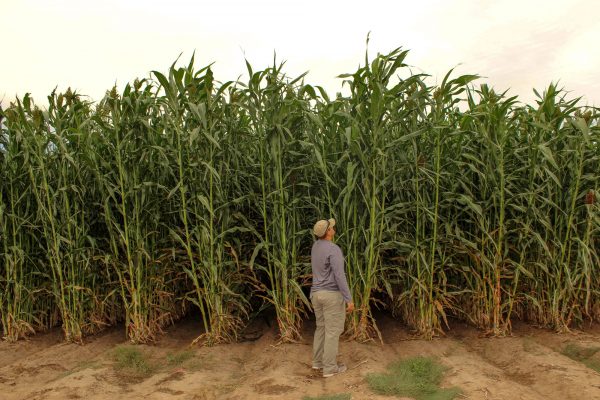
Biomass Sorghum
Biomass sorghum has the largest stature of all the sorghum varieties, reaching a height of 20 feet in a normal growing season. Biomass sorghum has been bred to produce a large amount of non-grain biomass. These hybrids are used primarily for the production of bioenergy.
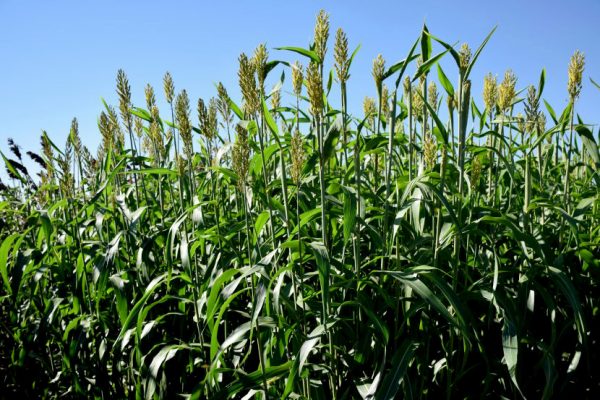
Sweet Sorghum
Sweet sorghum is predominantly grown for sorghum syrup. Unlike grain sorghum, sweet sorghum is harvested for the stalks rather than the grain and is crushed like sugar cane or beets to produce a syrup. Sweet sorghum was once the predominant table sweetener in the U.S. Today, sweet sorghum is used as a healthy alternative sweetener to produce whiskey- and rum-type products and for biofuel and chemical production.



